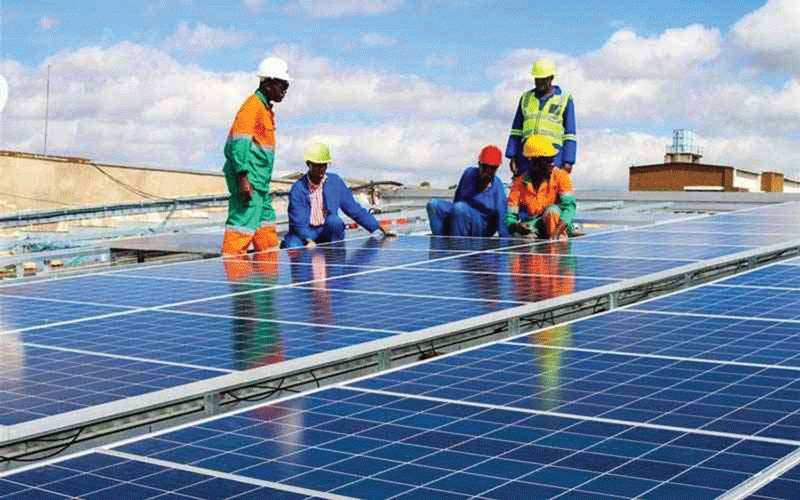
With the current climate change phenomenon affecting the world, as the chief executive officer of Power Giants Africa I wish Zimbabwe’s electricity power generation not to just be able to meet an expected 75% increase in demand, but to exceed it and be able to sell excess power to our neighbouring countries.
As the energy sector faces a transition from fossils to clean and affordable energy, I outline my vision for a clean, affordable and reliable grid, as well as how to integrate electricity planning with other aspects of the energy system.
The demand for electricity is increasing faster than previously anticipated and is set to grow by 75% leading up to 2050.
I pointed out that 2050 is a realistic goal and adds that when upgrading transmission lines, the focus should be on climate change.
As we look to electrify as a low-carbon energy solution — especially as it relates to heating-energy demand will rise across the country during the winter season.
However in summer, you have to cool by 10 degrees, but in winter, we have to heat by 30 to 40 degrees.
That then increases the challenge more because we have to produce electricity and deliver it at the same time.
While renewable energy sources like solar and wind are growing, climate impacts such as heatwaves, floods and droughts can affect their efficiency and availability.
- COP26 a washout? Don’t lose hope – here’s why
- Out & about: Bright sheds light on Vic Falls Carnival
- COP26 a washout? Don’t lose hope – here’s why
- Out & about: Bright sheds light on Vic Falls Carnival
Keep Reading
However, we should reduce reliance on hydro as it has become unsustainable due to recurring droughts.
I believe solar power is an essential source of renewable energy and electricity generation in Zimbabwe since the early 2000s.
This country has gradually increased its solar power significantly with the help of various government initiatives and and rapid awareness about the importance of renewable energy and sustainability in the society.
In order to decrease carbon emissions, there is need to reduce reliance on fossil fuels.
Due to the cost effectiveness of solar energy as compared to other energies like wind and hydro power, installation has propelled up than ever before, with these strongly determined initiatives, Zimbabwe will eventually become the home of some the world’s largest solar parks if the country is to initiate and adapt policies that promote mandatory installation of solar on all roof-tops.
The use of solar power is necessary for Zimbabwe to achieve carbon neutrality by 2060 by achieving 15 000 megawatts of renewable energy by 2035 of which around 12 000 megawatts should be generated from solar power.
These are the prerequisites for the nation to reduce carbon emissions by 30 to 35% as part of the Paris Agreement and achieving the Sustainable Development Goals of the United Nations, both by 2030.
As a country with a rapidly growing population, fast-paced urbanisation and increasing demand for energy, the country should target 70% of its installed electricity capacity coming from renewable energy sources.
Solar energy is also cost-effective and provides a reliable source of power, especially in rural areas where access to traditional energy sources is limited, it can as well reduce the country’s dependence on imports.
As a country we should seek to apply innovative-low cost financing instruments, ensuring availability of skilled workers, promoting export oriented incentives and a consistent policy and regulatory environment will go a long way in driving the competitiveness of Zimbabwe’s renewable supply chain.
- For more feedback on renewable energy and other related issues, reach out to Dr Edzai Kachirekwa on email: edzai@powergiants.co.zw










